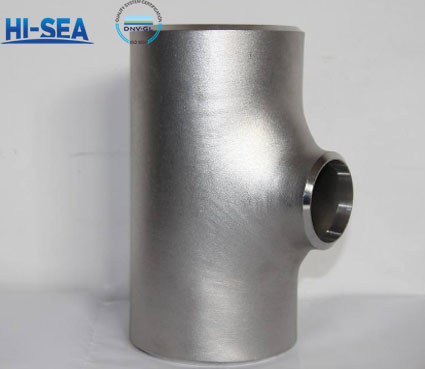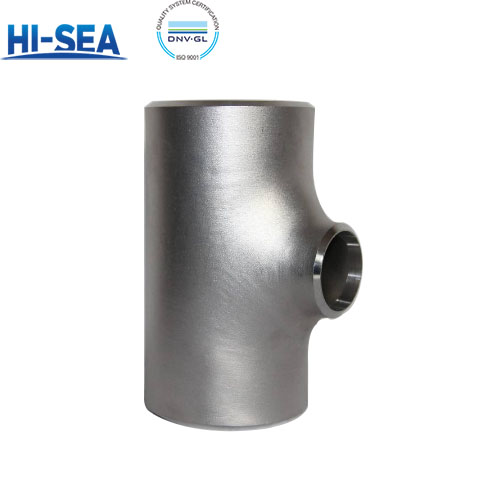
Reducing Tee
Reducing Tee is most commonly used in scenarios where pipes branch, converge and change direction to allow for smooth transportation of media. In addition, reducer tees are used in piping systems for regulating, controlling and distributing flow. Reducing Tee is widely used in piping systems in various fields such as chemical, petroleum, pharmaceutical, food and so on.
Overview
Suggestion:
First of all, make sure that the connection between the two pipes is smooth and free from any blockages or twists. For pipes at bends or joints, it is best to use elbows or expansion joints and other components to make connections to minimize leakage or resistance.
Secondly, it is necessary to choose the type and material of the reducer tee that is suitable for the working condition of the piping system and the characteristics of the medium. It should be noted that, in general, the inside diameter of the reducer tee should be larger than the diameter of both sides of the pipe to ensure that the medium in the flow through to reduce resistance and pressure loss.
Finally, before using the reducer tee to carry out adequate inspection and testing to ensure that it has a good sealing and pressure-bearing capacity. If you find that the reducer tee connection is not tight, there is water leakage or corrosion, etc., should be replaced or repaired in time.
Picture:

Nominal Diameter | Center to End | ||
DN | NPS | C | M |
450 450*400 450*350 450*300 450*250 450*200 | 18 18*16 18*14 18*12 18*10 18*8 | 343 | 343 330 330 321 308 298 |
500 500*450 500*400 500*350 500*300 500*250 500*200 | 20 20*18 20*16 20*14 20*12 20*10 20*8 | 381 | 381 368 356 356 346 333 324 |
550 550*500 550*450 550*400 550*350 550*300 550*250 | 22 22*20 22*18 22*16 22*14 22*12 22*10 | 419 | 419 406 394 381 381 371 359 |





